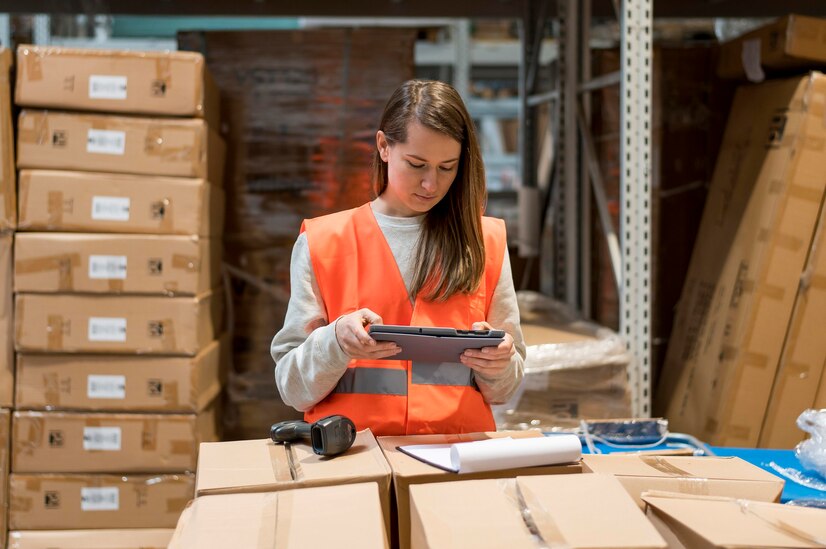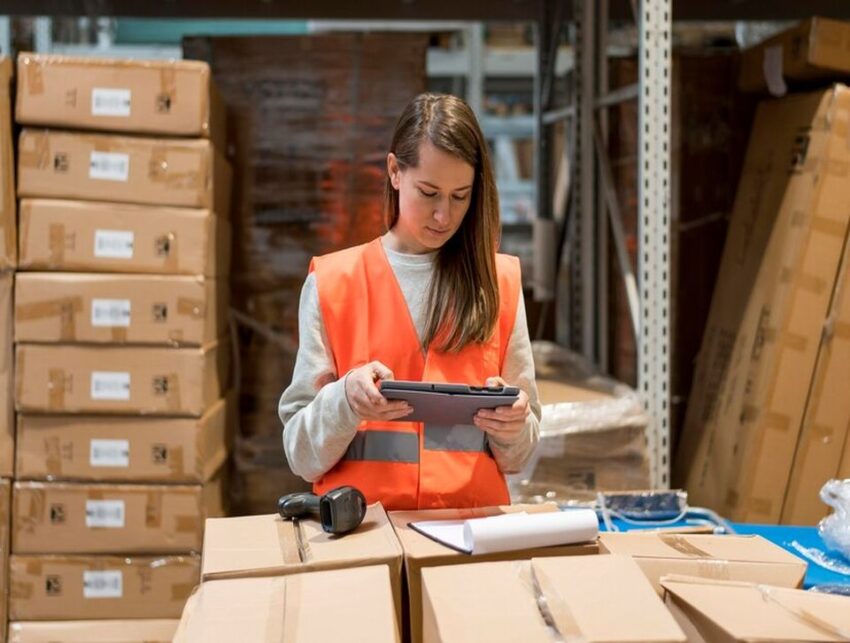International Maritime Organization, IMO, has recently announced the first International Day for Women in Maritime to address the problem of gender imbalance in the maritime industry. IMO is a specialized agency of the UN that is responsible for regulating the shipping industry. This First International Day for Women In Maritime on 18th May 2022 provided a platform to emphasize and celebrate the role of women seafarers and address the issues of gender imbalance in this sector.
Today’s blog is all about the latest initiative of IMO and how it will help to strengthen the role and participation of women in the maritime industry.

The gender imbalance in the maritime industry
Presently, the representation of women in the maritime sector is just 1.2% as per a report by BIMCO. According to the report, just 24,059 women work as seafarers globally. Although the statistics on women’s representation is dismal, there has been a 45.8% increase in women’s representation as compared to 2015. Seafaring is a male-dominated sector- not many women make up the workforce of container ships. Precisely for this reason, IMO has launched the Women in Maritime programme with the slogan: Training-Visibility-Recognition.
According to the IMO Secretary-General Kitack Lim, “Women are working in all facets of the maritime sector across the globe to support the transition to a decarbonised, digitalised and more sustainable future for the industry. There is still a gender imbalance in maritime – but times are changing as it becomes recognised that diversity in maritime benefits the entire sector.”
IMO’s approach is to highlight the role of women as important stakeholders in the maritime sector. “On this inaugural International Day for Women in Maritime, let’s take this opportunity to celebrate the many women who are contributing to the future of maritime: navigators, engineers, surveyors, CEOs, managers, representatives of government and industry, those chairing IMO meetings and women in every other role across the industry,” adds Mr. Lim.
The IMO’s gender diversity goals
IMO’s gender diversity programme was launched as early as 1988. Back in the 80’s, not many maritime training centres allowed women to participate in the training programmes. Nevertheless, IMO’s initiatives have helped to create the much-needed institutional framework for incorporating gender inclusion in the procedures and policies of IMO. Additionally, their gender and capacity-building endeavours have promoted access for women to maritime training. It has also helped women get more employment opportunities in the maritime industry.
How is IMO encouraging more women to join the maritime sector?
IMO has launched a number of fellowships that will encourage women to access high-level technical education in developing countries. They are helping to create a conducive environment where women are selected for career advancement programmes in ports, maritime training schools, and maritime administrative units. Simply put, they are promoting the establishment of an effective way to uplift women in developing countries by encouraging their participation in this sector.
They have created eight Women In Maritime Associations (WIMA) in countries in Asia, Arab states, Latin America, the Caribbean, Africa, and the Pacific. This encompasses around 152 countries and nearly 500 participants. Furthermore, the WIMA is helping to eliminate the cultural stigma and institutional obstacles preventing the participation of women in this industry.
The International Day for Women in Maritime
The theme for the inaugural International Day for Women in Maritime that was celebrated last week was “Training-Visibility-Recognition: Supporting a barrier-free working environment.” IMO invited several stakeholders of this industry to participate in events based on this theme. Moreover, they are also working on enhancing their visibility on social media. On the 18th of May 2022, they used the hashtag #WomenInMaritimeDay on their social media handles. IMO also designed a new logo to commemorate this special day. The logo blends the emblematic maritime anchor symbol with the female gender symbol.
Additionally, they also organized an online symposium on the 18th of May. The symposium panels addressed the following topics-
- The kind of training that can support a congenial work environment for women in this sector
- How to enhance the visibility of the women workforce in the workplace?
- How to recognize the contributions of women in the maritime industry?
As per IMO’s statement, “Countries with more gender equality have better economic growth. Companies with more women leaders perform better… Peace agreements that include women are more durable. Parliaments with more women enact more legislation on key social issues such as health, education, anti-discrimination, and child support. The evidence is clear: equality for women means progress for all.”


